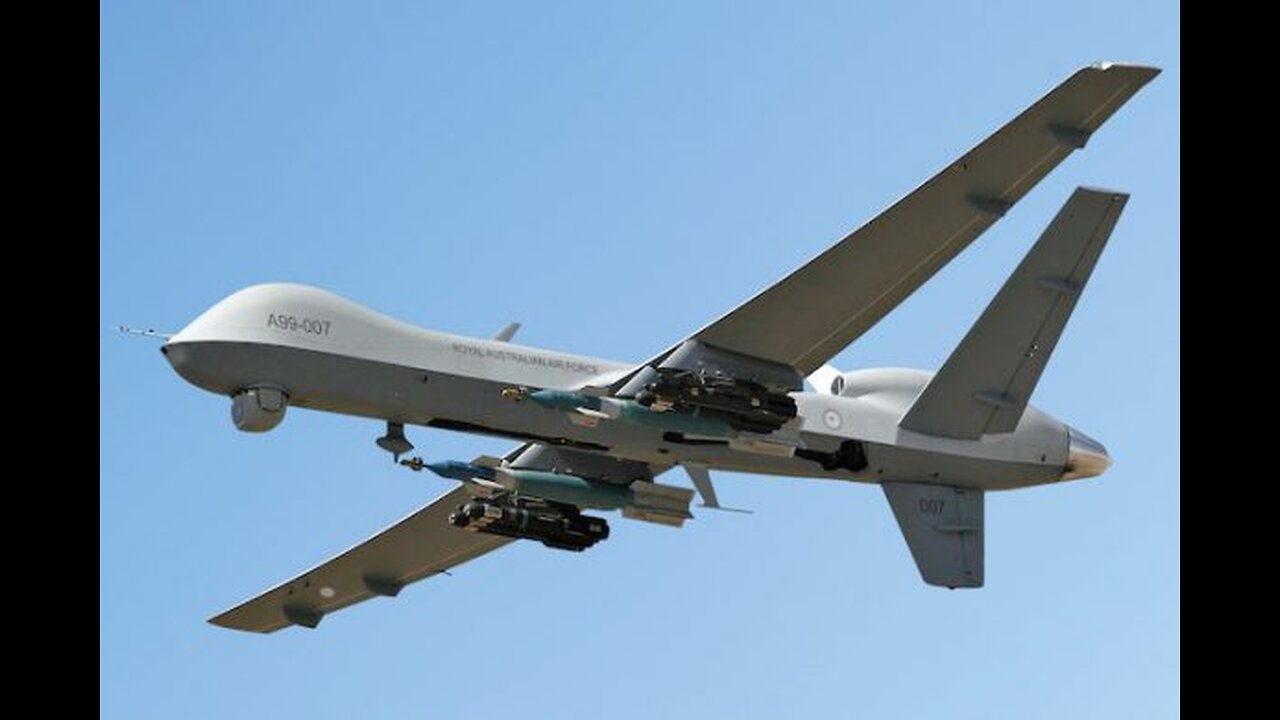Premium Only Content

Smart Dust, Wireless Sensor Networks (DARPA & UC Berkeley)
https://en.wikipedia.org/wiki/American_Vacuum_Society
https://en.wikipedia.org/wiki/RAND_Corporation
https://en.wikipedia.org/wiki/DARPA
https://en.wikipedia.org/wiki/Stealth_technology
https://en.wikipedia.org/wiki/Dust_Networks
Smartdust is a system of many tiny microelectromechanical systems (MEMS) such as sensors, robots, or other devices, that can detect, for example, light, temperature, vibration, magnetism, or chemicals. They are usually operated on a computer network wirelessly and are distributed over some area to perform tasks, usually sensing through radio-frequency identification. Without an antenna of much greater size the range of tiny smart dust communication devices is measured in a few millimeters, and they may be vulnerable to electromagnetic disablement and destruction by microwave exposure.
https://en.wikipedia.org/wiki/Smartdust
Wireless sensor networks (WSNs) refer to networks of spatially dispersed and dedicated sensors that monitor and record the physical conditions of the environment and forward the collected data to a central location. WSNs can measure environmental conditions such as temperature, sound, pollution levels, humidity and wind.
https://en.wikipedia.org/wiki/Wireless_sensor_network
https://en.wikipedia.org/wiki/Dust_Networks
https://en.wikipedia.org/wiki/TinyOS
https://en.wikipedia.org/wiki/Programmable_matter
https://en.wikipedia.org/wiki/Mesh_networking
https://en.wikipedia.org/wiki/Ubiquitous_computing
https://en.wikipedia.org/wiki/DARPA
https://en.wikipedia.org/wiki/Stealth_technology
https://en.wikipedia.org/wiki/Dust_Networks
https://en.wikipedia.org/wiki/Kristofer_Pister
-
 8:33
8:33
scoutthedoggie
3 hours agoAirsoft War Games Scotland
7.58K1 -
 4:56
4:56
Kirill MultitoolOfficial
1 day ago $0.67 earnedSurvival TIPS and usefull bushcraft DIY in the wild
15K3 -
 27:25
27:25
ArturRehi
1 day agoThis is How Dictatorships are Formed
8.13K1 -
 59:35
59:35
AlaskanBallistics
16 hours ago $0.28 earnedI Love this Gun Episode # 11
6.19K1 -
 1:21:01
1:21:01
BibleUnbound
18 hours agoThe Complete Story of Moses: The Man of God
12.8K3 -
 15:56
15:56
Chris From The 740
7 hours ago $0.01 earnedFenix LR36R Review: The Most Powerful Light I've Ever Tested!
6.9K1 -
 1:01:47
1:01:47
Wendy Bell Radio
8 hours agoPet Talk With The Pet Doc
14.6K6 -
 2:23:45
2:23:45
Game On!
18 hours ago $9.90 earnedTom Brady approves of President Trump calling out Governors wanting men in women's sports!
50.1K8 -
 5:34
5:34
BIG NEM
16 hours agoFrom Atheist to Seeing Auras: My Unlikely Spiritual Awakening 🤯
3.01K1 -
 15:32
15:32
Good Kid Productions
4 days agoHow Iran Pimps Princeton (mini-doc)
2.67K1